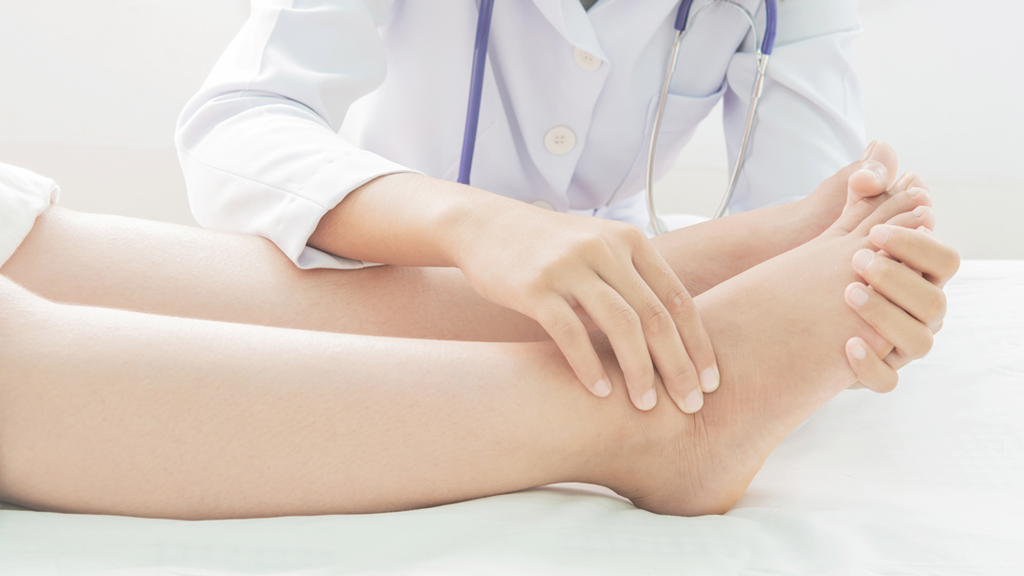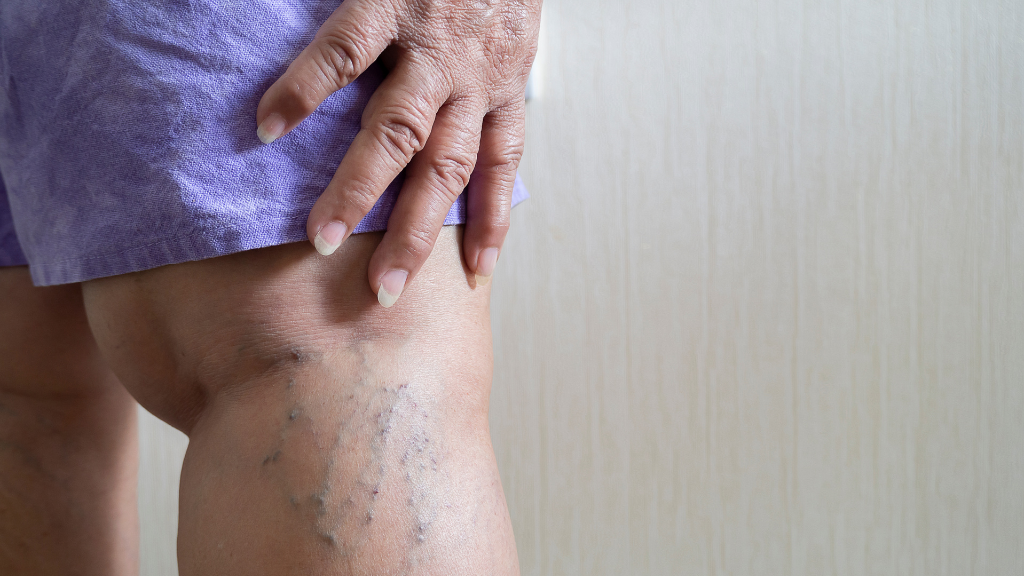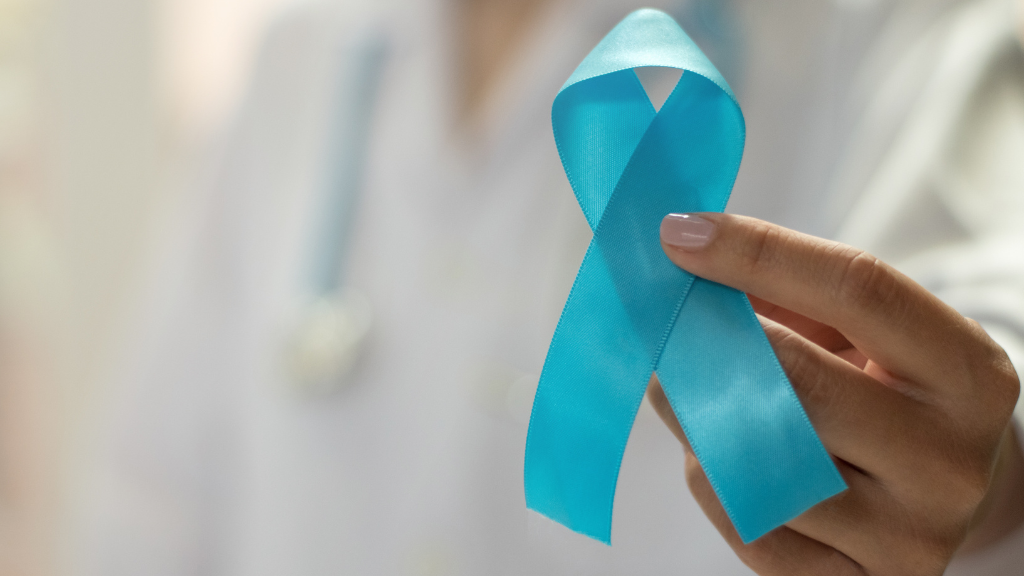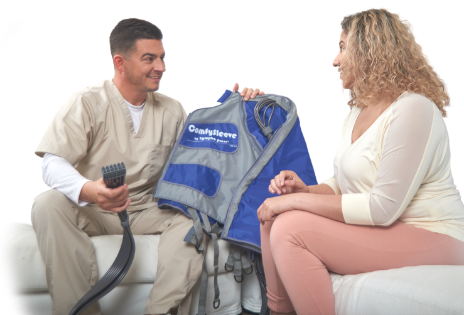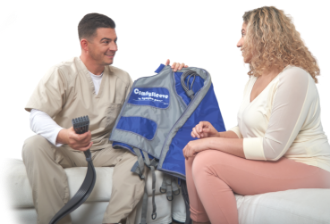Lymphedema is one of the most overlooked and misunderstood diseases in the human population. Although 1 in 1,000 Americans has secondary lymphedema and 1 in 100,000 has primary lymphedema, most people have never heard of it until they are diagnosed.
Lymphedema healthcare professionals can help struggling patients understand the condition and treat it properly. High-quality lymphedema care requires a positive and proactive relationship between the doctor and patient as they work together to form the best possible treatment plan.
Here are the seven top priorities for treating lymphedema. These critical tasks form the basis of the lymphedema treatment regimen and can be further expanded by each patient’s lymphedema doctor.
1: Complete a Thorough Patient History and Exam
Lymphedema treatment should always start with taking a thorough patient history that illuminates their individual experience with lymphedema. This is a disease that arises and presents itself in many ways, and there is no “typical” lymphedema experience from the patient’s point of view.
A physical examination helps distinguish lymphedema from similar and related conditions like edema, lipedema, fibrosis, and more. As world-renowned lymphedema expert Dr. Andrea Brennan puts it, doctors should “think lymphatically” and carefully consider how conditions like obesity, cardiovascular disease, and rheumatoid arthritis might be interrelated with lymphedema.
Diagnostically, there are many new and innovative options for seeing lymphedema’s effects within the body and establishing the patient’s stage of lymphedema. For example, Dr. Hiroo Suami and Louise Koelmeyer are mapping the lymphatics using an ICG unit as well as other types of cutting-edge lymphedema diagnostic technology.
2: Provide Immediate Wound Care
Patients living with lymphedema often need urgent wound care by the time they seek the help of a medical professional. They may have painful open wounds that are entry points for an infection that could further worsen their condition.
Chronic leg wounds are common with lymphedema. Many lymphedema experts recommend an outside-in approach, which means starting with urgent wound care then following up with a medical analysis to determine and address the root cause of the leg wound.
3: Manage the Patient’s Expectations Regarding Treatment
Dr. Stanley Rockson, who has worked in the lymphedema field for more than 45 years, emphasizes the importance of carefully helping patients understand that there is no full cure for lymphedema quite yet. This means the goal of treatment is to prevent the progression of the disease and limit its effects.
A lymphedema diagnosis may come as a huge shock to the patient and a blow to their confidence. Someone who spent a lifetime feeling healthy and active might have trouble accepting daily lymphedema management as part of their routine. However, patient compliance is a key factor in successful lymphedema management.
4: Discuss Lifestyle Factors, Exercise, and Diet
There is compelling evidence that diet and exercise factors impact lymphedema progression. While there is no single regimen for eating and exercising with lymphedema, each patient should receive tailored recommendations from a doctor.
A ketogenic diet can be recommended for those with inflammatory diseases. Moderate daily exercise is also a near-universal recommendation for people with lymphedema due to its restorative fluid-pumping action within the body.
Patients who can’t exercise may find benefits from other techniques, including deep breathing. Dr. Melissa Aldrich recommends deep breathing to stimulate lymphatic pulsing, which may improve lymphedema treatment outcomes.
5: Incorporate a Pneumatic Compression Device
Compression is a vital part of comprehensive lymphedema treatment. Garments are helpful, though some patients are challenged to don and dof them, due to mobility issues. Another form of compression, often used in tandem with garments, comes in the form of compression devices.
Pneumatic compression devices work by mechanically moving the lymph fluid in a sequential pattern that offers the most benefit for the individual patient. Commonly called pumps, these devices offer pain relief, fluid movement, relaxation, and support for other lymphedema treatments like decongestive therapy and surgery.
The use of compression pumps is supported by numerous lymphedema clinicians and thousands of patient testimonials. In many cases, these devices are also covered by patients’ health insurance plans with proper diagnosis and coding.
6: Explore Innovative Surgical Options
Patients might be cheered to discover that lymphedema is entering a new era of surgical innovation. Lymphedema experts are developing groundbreaking surgical options like reconstructive microsurgery and lymphatic supermicrosurgery.
Still, these advanced surgical procedures are not offered everywhere. Better access for patients will be available as the field expands and progresses.
7: Develop a Long-Term Treatment Plan
A patient can better understand their long-term lymphedema outlook through the lens of an ongoing treatment plan. There is no cure-all or quick fix for lymphedema.
Each patient needs a comprehensive plan that addresses the many aspects of their lymphedema and the multiple routes to managing its effects. Some patients might need a rigorous plan that involves an urgent need for lymphatic supermicrosurgery. Other patients might do well with a more conservative approach, including pneumatic compression.
Treating lymphedema is challenging for doctors and patients alike. However, by addressing the seven critical tasks above, people living with lymphedema have the best possible chances of positive outcomes.
—
This article is presented through educational outreach from Lympha Press. For over 40 years, Lympha Press has been the global leader in innovative compression pump home therapy equipment for people living and thriving with lymphedema and lipedema.
